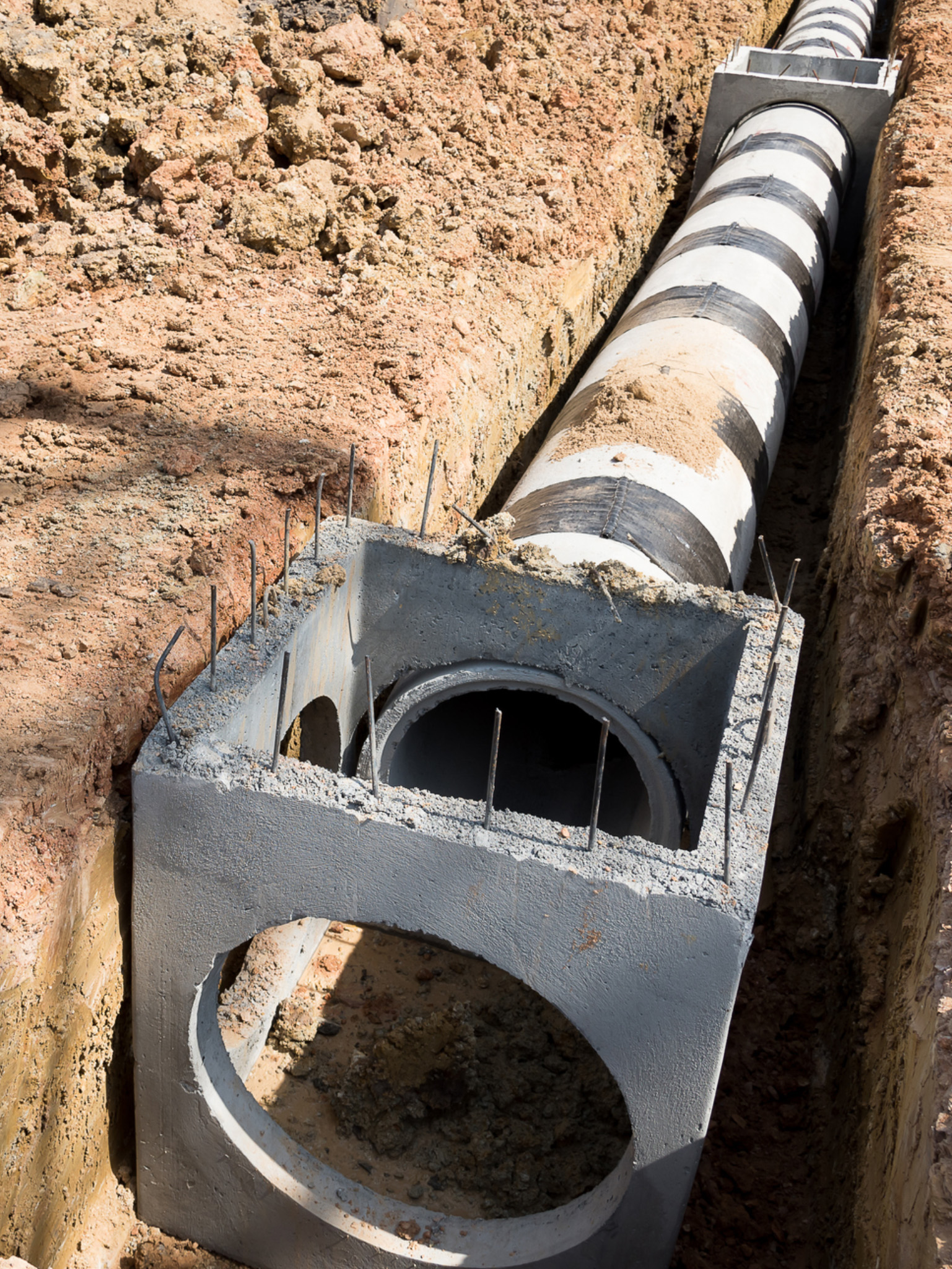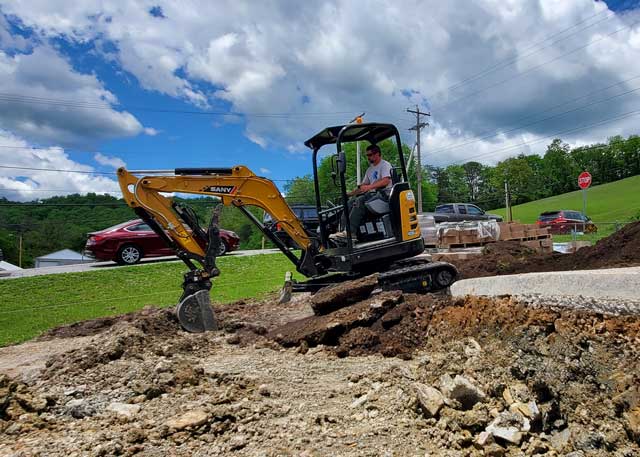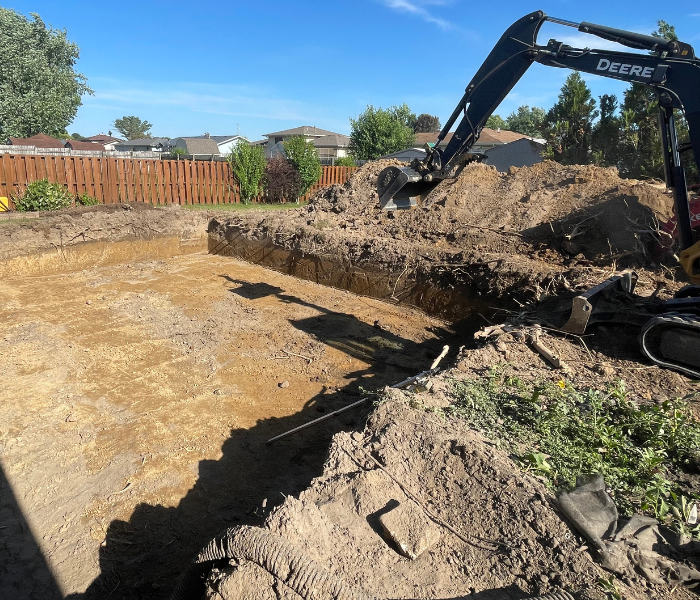Budget-friendly Lancaster Excavation - Top Quality Excavation at Competitive Rates
Budget-friendly Lancaster Excavation - Top Quality Excavation at Competitive Rates
Blog Article
Introducing the Art of Excavation: Pro Tips for Safe and Effective Excavating
As dirt is turned and planet is moved, the intricacies of excavation disclose themselves, demanding a keen understanding of devices, soil composition, security protocols, and ecological factors to consider. The knowledge required to navigate these components efficiently can indicate the difference in between an effective excavation task and a potential catastrophe.
Significance of Correct Equipment
To make sure the safety and effectiveness of any kind of excavation job, using the appropriate devices is extremely important. The right tools not just enhance efficiency yet also alleviate risks related to digging. Excavation tasks vary in range and intricacy, varying from little household landscaping tasks to massive construction endeavors. Despite the project size, having the right tools can make a significant difference in the result.
These flexible machines come in various dimensions to match various project requirements. Miniature excavators are perfect for smaller jobs, while bigger excavators tackle more extensive projects efficiently.
Apart from excavators, various other vital devices consists of dump trenchers, bulldozers, and vehicles. Dispose vehicles are necessary for removing and transferring excavated materials, while plates are used for excavating deep and slim trenches. Bulldozers excel in jobs that require pushing huge quantities of dirt or particles. By buying the ideal devices, excavation projects can be completed securely, on time, and with accuracy.
Recognizing Dirt Structure
A detailed grasp of dirt make-up is fundamental for implementing excavation projects with precision and safety and security. Comprehending the various kinds of dirt is crucial as it straight impacts excavation techniques, tools option, and overall job effectiveness. Soil composition normally is composed of four main elements: sand, silt, clay, and raw material. Each component has distinct residential or commercial properties that affect just how dirt responds to excavation processes.
Silt fragments are smaller sized than sand however larger than clay, providing modest drain and communication. Organic issue, such as decaying plant material, impacts dirt fertility and security.
Before commencing excavation, performing dirt examinations to identify its composition and qualities is vital. This info helps in selecting the suitable tools, applying security steps, and creating excavation strategies tailored to the details soil conditions - dump truck companies in ohio. By comprehending dirt structure, excavation experts can boost project end results while ensuring security and adherence to finest practices
Precaution and Protocols
Recognizing dirt make-up is the foundation whereupon security measures and procedures for excavation tasks are built, making sure the well-being of workers and the success of the undertaking. There are a number of key actions that must be implemented to minimize risks and stop crashes. when it comes to security throughout excavation.
Firstly, prior to any kind of digging begins, an extensive examination of the site must be conducted to determine any type of prospective threats such as underground energies, unstable soil problems, or neighboring frameworks that can pose a risk. It is crucial to have a proficient person manage the excavation procedure to make certain that all safety protocols are complied with strictly.
Additionally, all employees entailed in the excavation needs to be effectively educated in secure excavating practices and the appropriate operation of devices. By adhering to these safety measures and protocols, excavation tasks can be completed this hyperlink successfully and without case.
Reliable Excavation Preparation
When beginning on an excavation job, careful preparation is necessary to make certain performance, safety and security, and effective results. Effective excavation planning entails numerous essential steps that are important for the smooth execution of the project. The great post to read initial step is to carry out a detailed website assessment to determine any type of prospective threats, such as below ground utilities or unstable dirt conditions. This information is crucial for establishing a detailed excavation strategy that includes precaution and run the risk of reduction strategies.
As soon as the site analysis is complete, the following action is to produce a clear timeline and routine for the excavation activities. This includes determining the sequence of jobs, equipment demands, and workforce allowance. Correct scheduling assists avoid delays and guarantees that the job remains on track.

Furthermore, interaction amongst all group participants is critical during the planning phase. Clear regulations, normal updates, and reliable coordination are vital for an effective excavation job. By spending time and initiative in thorough preparation, excavation teams can significantly enhance efficiency, reduce dangers, and accomplish successful end results.

Handling Ecological Factors To Consider
With boosting emphasis on ecological sustainability in building practices, taking care of ecological factors to consider has become an essential element of excavation projects. Excavation tasks have the prospective to affect the surrounding environment via soil disintegration, sediment drainage, habitat disruption, and contamination of water resources. To reduce these threats, it is vital to carry out best techniques that focus on environmental protection.

Moreover, correct waste monitoring is important to avoid dirt and water contamination. Applying treatments for the disposal of hazardous materials, recycling of waste materials, and reducing making use of dangerous chemicals can dramatically lower the environmental impact of excavation tasks. By incorporating these practices right into excavation preparation and implementation, building and construction firms can make certain that their jobs are not only risk-free and productive but also environmentally accountable.
Conclusion
Finally, mastering the art of excavation calls for a thorough understanding of proper tools, dirt make-up, precaution, and effective preparation. By complying with these guidelines and considering environmental variables, excavations can be performed safely and efficiently. It is essential to focus on security and performance in every excavating job to ensure effective results.
As dirt is transformed and planet is relocated, the complexities of excavation disclose themselves, demanding a keen understanding of tools, dirt composition, safety and security procedures, and environmental factors web to consider.To guarantee the safety and security and effectiveness of any kind of excavation job, using the proper equipment is vital.A thorough grasp of dirt make-up is essential for executing excavation jobs with accuracy and safety. Understanding the different types of dirt is essential as it straight impacts excavation methods, equipment selection, and overall project efficiency. By recognizing soil structure, excavation specialists can boost job end results while making sure safety and security and adherence to best methods.
Report this page